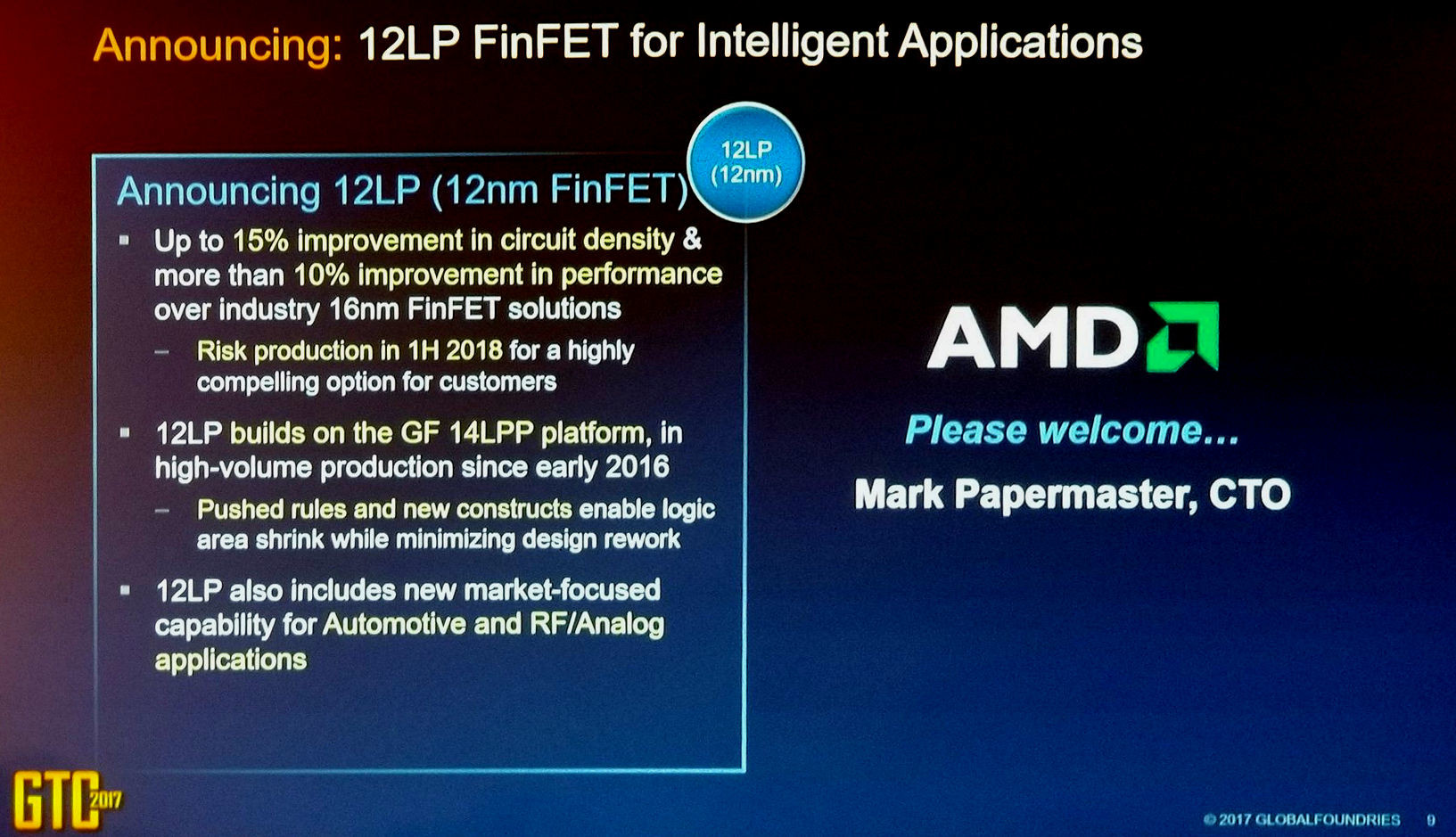Although this will arouse personal attacks against me, I wish TSMC would tell Nvidia "no" so that Nvidia would be force to lie in the bed they made for themselves. Also, simply for the sake of benefiting the consumer, any advantage AMD could gain to improve their market share, revenue/profits, and thereby invest that in R&D, to level the playing field would be an overall gain for the entire community.
Now, let's not take a shortcut to thinking and accuse me of being an AMD fanboy, as if AMD's and Nvidia's positions were switched, I'd STILL be advocating for the same thing. We have all witnessed what increased competition did for the CPU market and broke a multi-year stagnation, so how anybody would not want the same for the GPU market is beyond me.
.And to be honest, AMD only managed to beat the Skylake uArch a 5 year old design and 14nm node from 7 years ago in 2020 with Ryzen 5000.
Even IF this is true, don't ignore the fact that AMD literally has a
fraction of the R&D budget and resources that Intel has. The fact that AMD has been able to catch up with and now overtake Intel while being seriously financially hamstrung is unbelievably impressive, and is literally a feat that has never been accomplished before (no, Cyrix was not able to overtake Intel). Why is there this constant effort by some to minimize, reduce and outright take this accomplishment away from AMD? Hypothetically, speaking, if if AMD was 10% behind Intel in every metric, it'd STILL be impressive because they're managing to do it with a fraction of the resources. Another way of saying it is that there is
literally no excuse for Intel to be beaten by AMD.
I think the same can be said for AMD in the GPU market.... Nvidia has at least three times the resources of AMD's graphics division, and yet, AMD is still able to compete in the tiers with the largest T.A.M., and this is seriously impressive... With Nvidia's drastic advantages in resources and even talent, it can be argued that AMD shouldn't even have a presence in the GPU market, but not only do they have a presence, but they're poised to match Nvidia in performance, possibly beat them in value and probably in efficiency, all while having a quarter of the market share Nvidia does and a fraction of the money. And in spite of all these material realities, a large portion of the community continually bashes AMD for not outperforming Nvidia in every metric!
I'm sure some will write this off as some fanboy rant, but these are literally the undeniable facts of the situation, namely that AMD has drastically fewer resources than both Intel and Nvidia and yet are able to compete (Nvidia) and even overtake(Intel) their competitors... How is it that there are those that are not impressed by this?






 .
.



